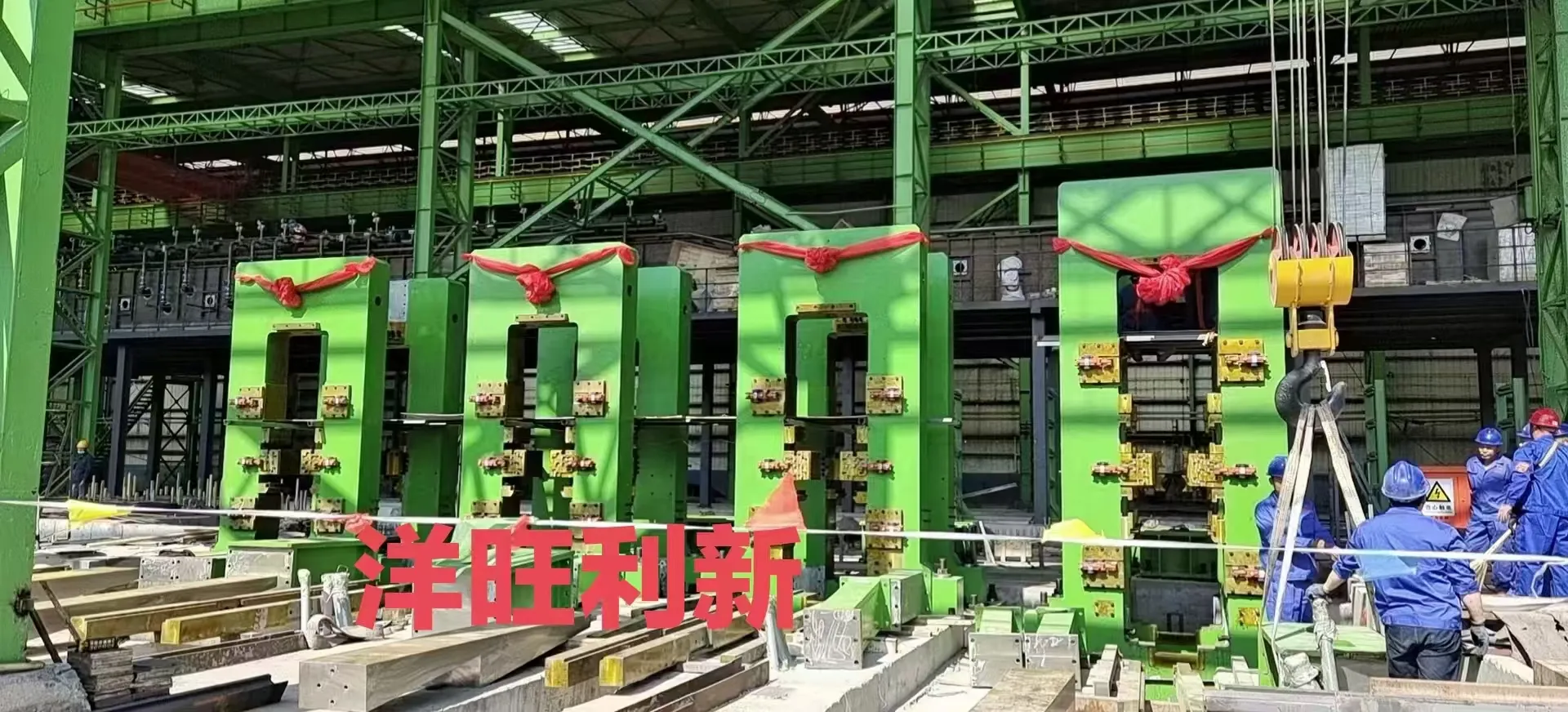
From Slab to Structure: How Hot Rolling Mills Shape the Steel Industry
The hot rolling mill stands as one of the most vital components in the iron and steel manufacturing chain, serving as the bridge between raw steel production and finished product applications. This essential piece of hot rolling mill equipment transforms crude steel slabs, blooms, and billets into precisely dimensioned coils, sheets, plates, and structural shapes that form the backbone of modern infrastructure. Without the hot steel rolling mill process, the steel industry would lack the efficient means to convert basic steel into the versatile forms demanded by construction, automotive, appliance, and machinery manufacturers worldwide.

The Fundamental Process of a Hot Rolling Mill
At its core, a hot strip rolling mill operates by passing heated steel through a series of rolling stands that progressively reduce thickness while increasing length. The process begins with reheating furnaces bringing steel to optimal plasticity temperatures between 1100°C and 1300°C. This heating is crucial as it allows the hot rolling machine to deform the steel with relatively low force while preventing work hardening. As the glowing steel passes through the roughing and finishing mills, powerful rolls apply tremendous pressure, squeezing the material to desired gauges with precision measured in hundredths of a millimeter.
The sophistication of modern hot rolling mill equipment lies in its ability to maintain consistent product quality while operating at production speeds exceeding 25 meters per second for thin gauge materials. Advanced automation systems continuously monitor and adjust roll gaps, speeds, and temperatures to ensure dimensional accuracy and mechanical properties meet exacting specifications. The hot steel rolling mill doesn't merely change shapes—it refines the steel's internal grain structure through controlled thermomechanical processing, enhancing strength, toughness, and formability characteristics critical to end-use performance.
Strategic Position of Hot Rolling Mill in the Steel Production Chain
The hot rolling mill occupies a central position in the steel manufacturing sequence, following primary production in blast furnaces or electric arc furnaces and preceding various finishing operations. This intermediate stage serves multiple essential functions that justify its irreplaceable role. First, the hot strip rolling mill provides the most energy-efficient method for significant cross-section reduction, converting thick slabs into thin sheets with minimal material loss. The high temperatures maintained throughout the process require less deformation energy compared to cold rolling alternatives while preventing the formation of internal stresses that could compromise product integrity.
Second, the hot rolling machine acts as the primary determinant of product form diversity within steel plants. By adjusting rolling schedules and roll configurations, mills can produce everything from heavy plates for shipbuilding to thin strips for automotive panels. This flexibility allows steel producers to respond to market demands without requiring complete process overhauls. The hot rolling mill equipment configuration—whether designed for plates, strips, or structural shapes—establishes the fundamental product mix capabilities of an integrated steelworks.
Third, the hot steel rolling mill serves as the quality gateway between molten steel and finished products. The thermomechanical processing occurring during hot rolling permanently affects the steel's microstructure and consequent mechanical properties. Mill operators must carefully control parameters including finishing temperatures, cooling rates, and reduction ratios to achieve specified strength, ductility, and formability characteristics. Modern hot strip rolling mills incorporate sophisticated cooling systems that can produce various strength grades from the same chemistry through controlled accelerated cooling processes.
-
Indian Clients Visit YWLX to Inspect Skin-pass MillNewsJun.22,2025
-
Typical Products from Reversing Cold Rolling ProcessNewsMay.26,2025
-
Surface Finish Improvement through Skin Pass RollingNewsMay.26,2025
-
Integration of AGC Systems in Modern Cold Rolling MillsNewsMay.26,2025
-
Cold Rolling in the Context of High-Strength Steel DemandNewsMay.26,2025
-
AGC in Hot Rolling Mills: Challenges and SolutionsNewsMay.26,2025
-
Why Reversing Cold Rolling Mills Are Ideal for Specialty MetalsNewsMay.13,2025










